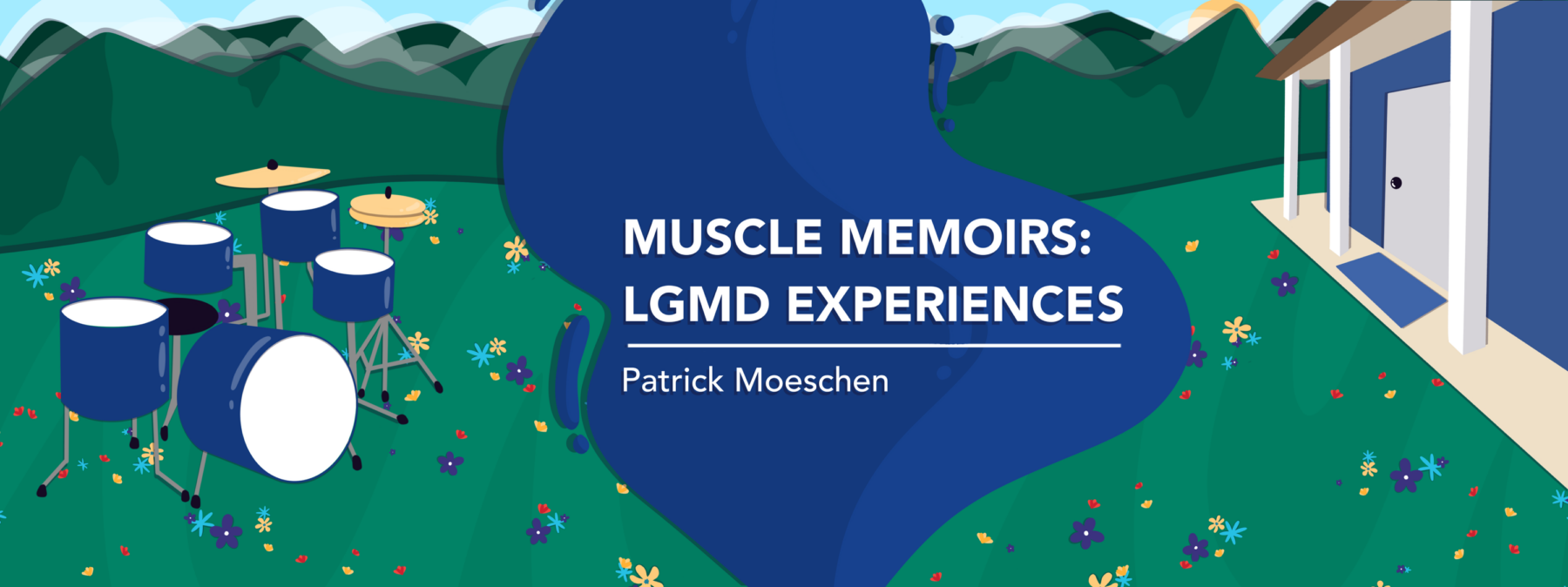Wake up to the achievements of the disability rights movement
Spread awareness of our champions — and maybe become one yourself

This August will mark 40 years since I was diagnosed with what we eventually discovered was limb-girdle muscular dystrophy. Though it’s taken me many years to accept my condition, it’s progressed slowly over the past four decades — and in that way, it’s somewhat akin to the movement in the United States that’s focused on rights for the disabled.
Shifts in attitudes toward our marginalized population over the past several decades have developed slowly, but they’ve brought about positive changes in how we disabled folks live our lives. I’d like to share some of the names that all of us living with chronic conditions should know about — names I’ve discovered by reading about the history of the disability rights movement, or, as I like to refer to it, the disability revolution.
A National Parks Service article helped me learn key milestones and dates associated with progress for the disabled community in the U.S., where I live. Of chief importance here are the people who made it possible for those of us living with disabilities today to enjoy accessible public buildings, curb cuts, lifts on public transportation, and barrier-free access to public education, among other improvements. It’s important to be aware of the giants whose shoulders we now sit on.
Some of our champions
We have centers for independent living in every state in the country, thanks largely to Ed Roberts and John Hessler. Did you know about them? Neither did I, but I do now. Roberts, a polio survivor, was the first student in a wheelchair to attend the University of California, Berkeley, among other achievements; Hessler, also in a wheelchair, was his contemporary there.
We have accessibility to public buildings thanks, in part, to Jennifer Keelan-Chaffins and others who literally crawled up 83 concrete steps on Capitol Hill in Washington, D.C., to illustrate barriers facing the disabled community. Children’s books have recorded how she crawled up the steps when she was 8 years old. Did you know about her? Neither did I, but I do now. She’s still active in our community, and still fighting to break barriers.
We have access to educational services in public schools because of the work of many people, including Judy Heumann. I urge everyone (not just the disability community) to read her memoir, “Being Heumann.” You’ll learn how groups of physically and mentally disabled people shined a light on disability access in the 1970s by sitting on streets in front of buses and peacefully occupying government buildings.
We have the Americans with Disabilities Act (ADA), our single biggest piece of legislation, today because of activists such as Justin and Yoshiko Dart. When President George H.W. Bush signed the bill into law in 1990, Justin Dart was seated beside him. Did you know about him? Every American should.
It’s paramount that we continue the work that these people, and so many others, have undertaken. The disabled community has come a long way, but there’s always more ground to gain.
While researching this piece, I came across words from former Sen. Tom Harkin of Iowa, who helped draft the ADA, calling it “an ‘emancipation proclamation’ for people with disabilities.” He also said that disabled individuals “spend a lifetime overcoming not what God wrought, but what man has imposed by custom and law.”
Take a moment to read that last sentence again. People living with disabilities often don’t see our biggest challenge as biology, though it’s a large part of our conditions; instead, we experience society as our biggest obstacle. That truth drives the incredible history of a movement that’s akin to that of Dr. Martin Luther King Jr. and the battle for civil rights. But sadly, little about the disability rights movement is taught in schools.
Perhaps that should be added to the list of things we need to change. I challenge everyone reading these words to do some research and share what you learn about the history of the disabled revolution. Moreover, let us all add another chapter (or 10) to the movement. The story won’t end until disabled people are no longer marginalized in and by society at large.
We must all continue to learn, share, and teach. The progression of a chronic disease isn’t fun, but the progression of society is something we can, and should, all share.
Note: Muscular Dystrophy News Today is strictly a news and information website about the disease. It does not provide medical advice, diagnosis, or treatment. This content is not intended to be a substitute for professional medical advice, diagnosis, or treatment. Always seek the advice of your physician or another qualified health provider with any questions you may have regarding a medical condition. Never disregard professional medical advice or delay in seeking it because of something you have read on this website. The opinions expressed in this column are not those of Muscular Dystrophy News Today or its parent company, Bionews, and are intended to spark discussion about issues pertaining to muscular dystrophy.







Daisy L.
This powerful reflection on the disability rights movement’s hard-won victories couldn’t be timelier. As a sibling to someone with Duchenne MD, I was particularly moved by the discussion of how the ADA’s ‘curb cut effect’—initially designed for wheelchair access—now benefits parents with strollers, delivery workers, and aging populations.
The column’s emphasis on ‘disability pride’ over mere awareness resonated deeply. My brother’s recent graduation (with accommodations fought for by earlier advocates) exemplified this shift. However, your point about complacency is crucial: with genetic therapies advancing, we must ensure accessibility keeps pace with medical progress.
One area I’d love to see explored further is how grassroots MD advocates can collaborate with broader disability justice groups on issues like assisted technology access. Thank you for celebrating these milestones while challenging us to ‘wake up’ to the work remaining.
Daisy L.
The article "Wake up to the achievements of the disability rights movement" seems to be a great start in highlighting an important topic. It's crucial to bring attention to the movement's accomplishments. However, with the limited content shown, it's hard to fully assess. But it has the potential to inspire awareness and further progress.